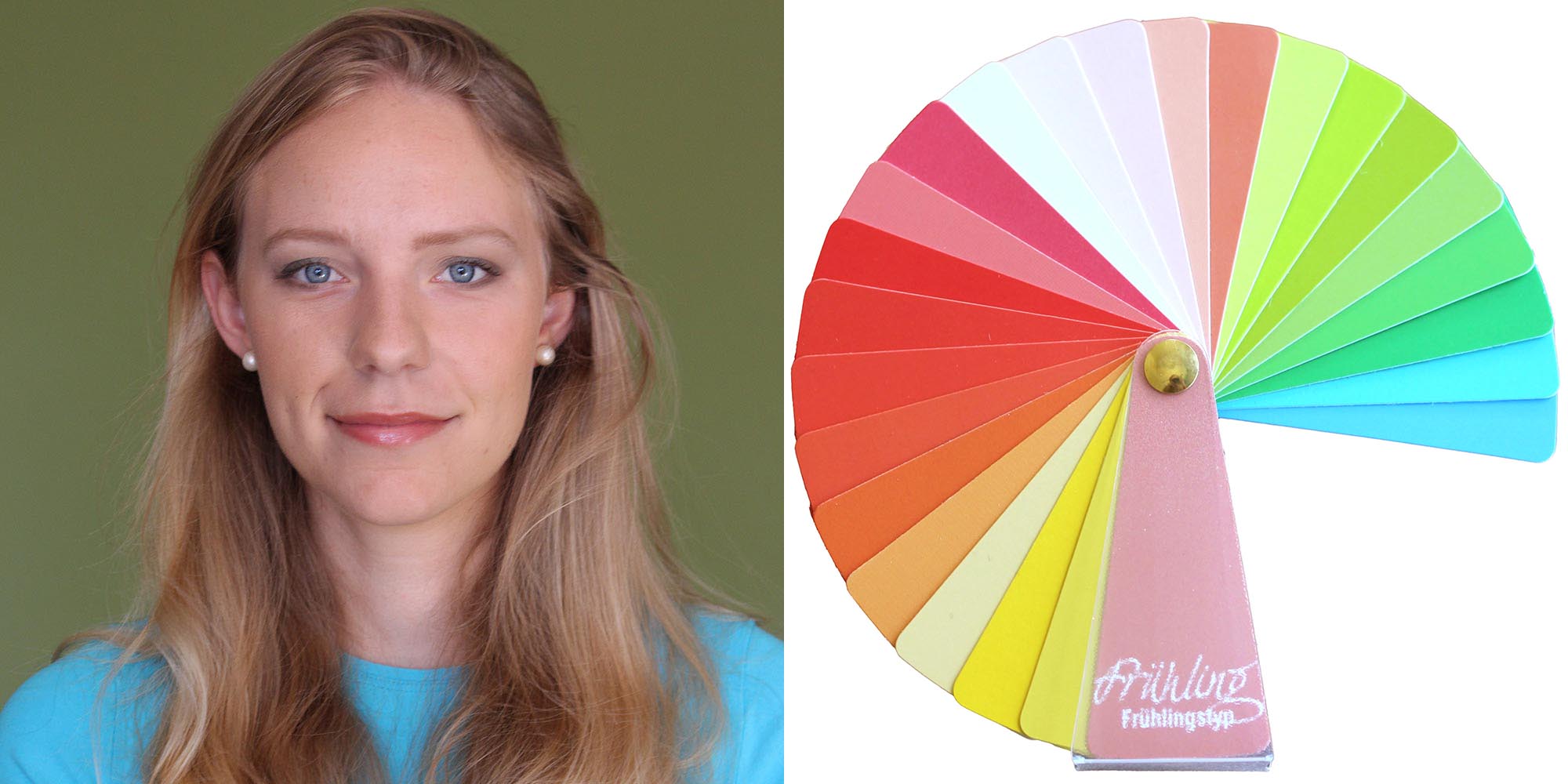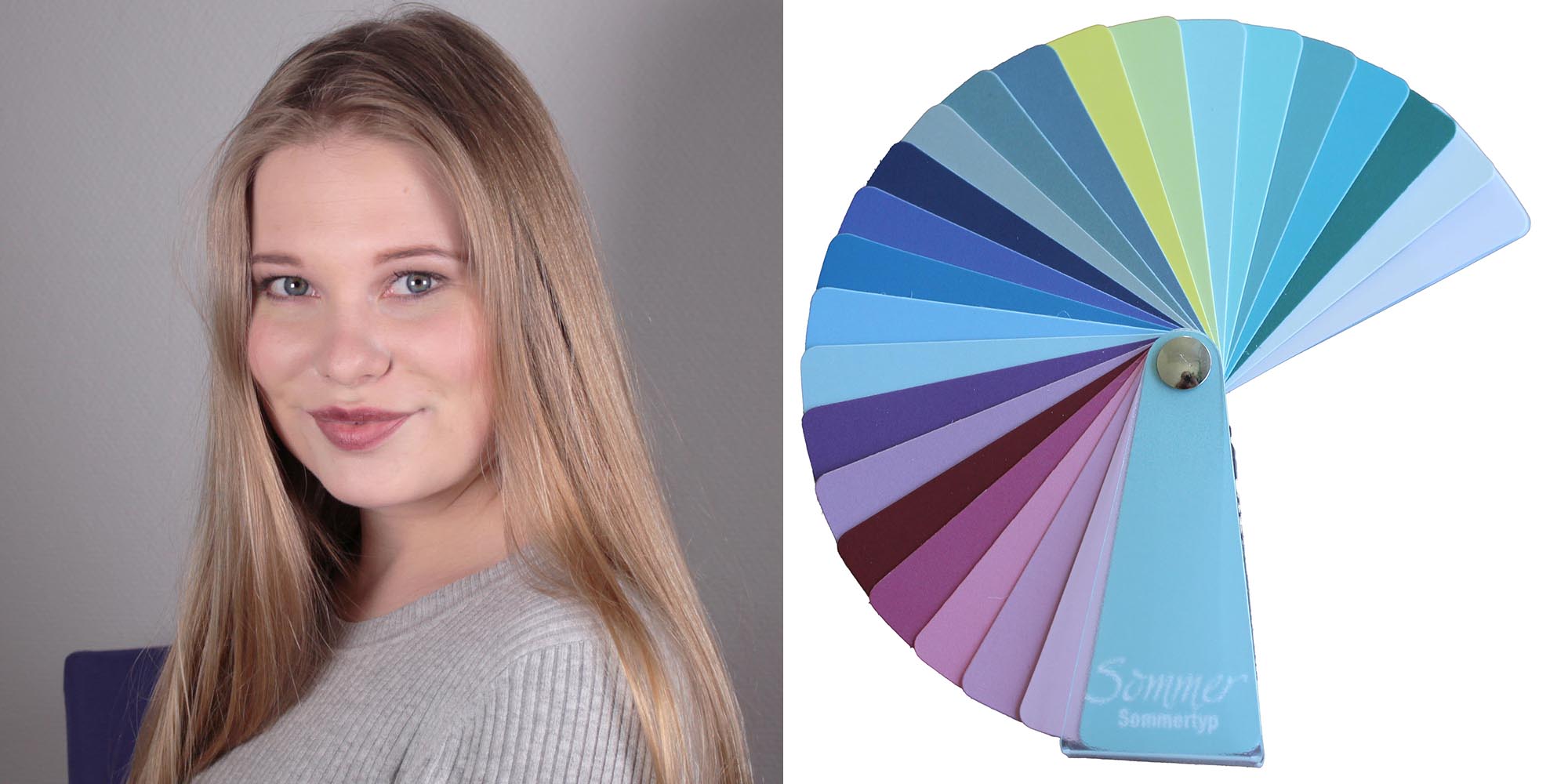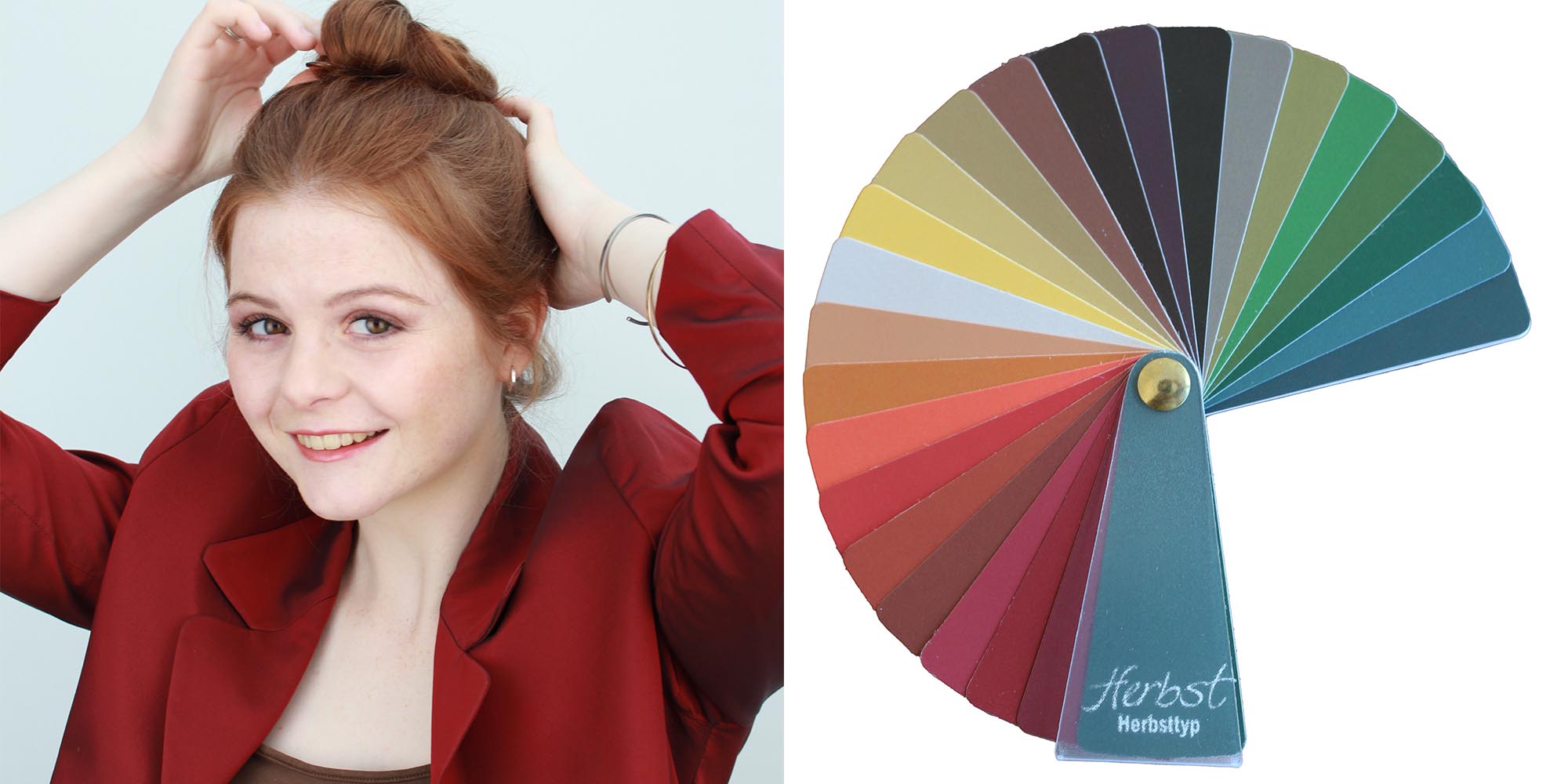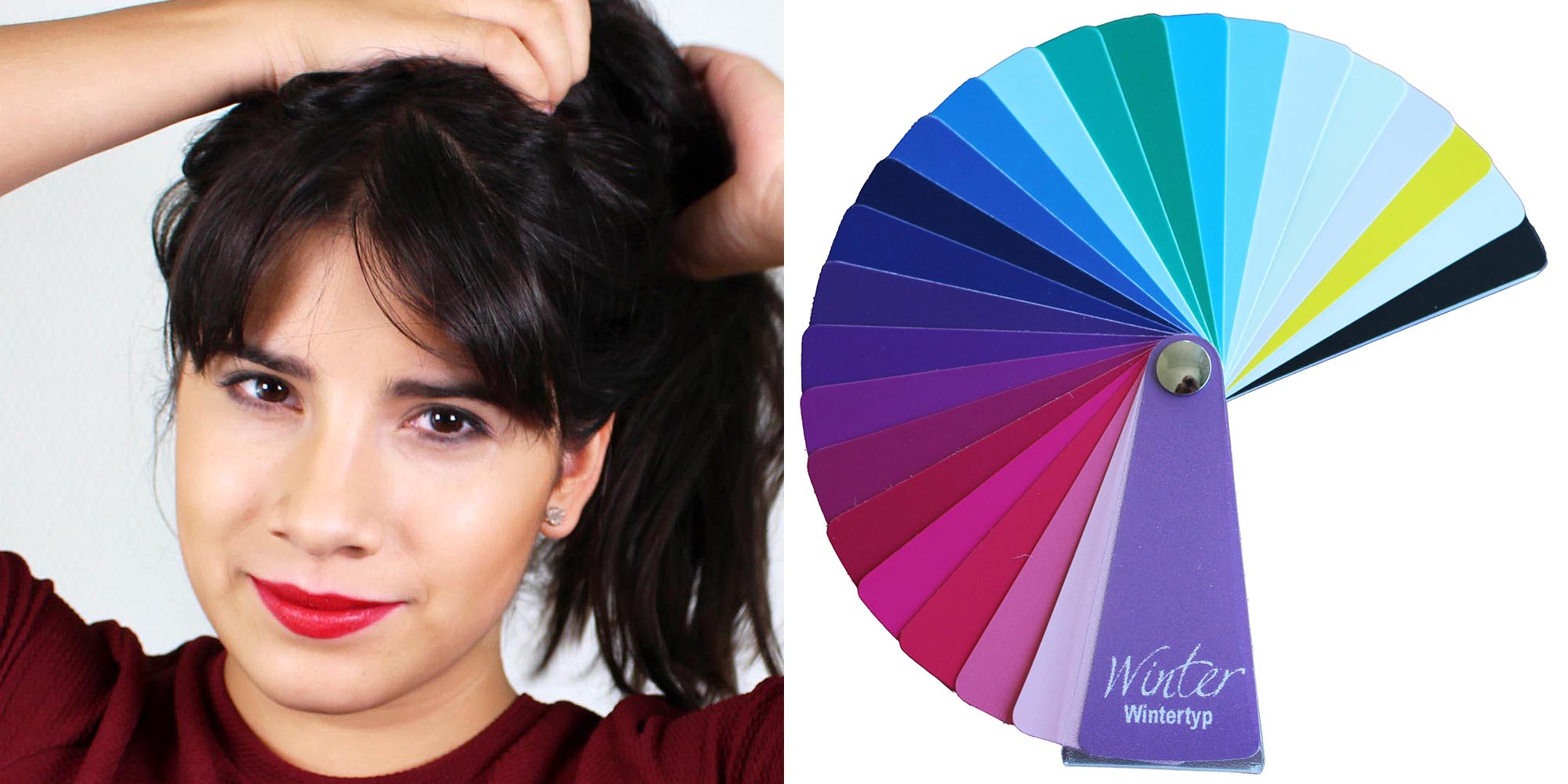
Spring Type
Foundation: Y1, Y2, Y3, Y4, Y5, N3, N4, N5, INTENSE Jaspis, Pearl, Beryl
Rouge: Copper Rose, Golden Glossy, Nature Tan, Peach, Tany Tan.
Eyeshadow: Caramel, Chocolate, Greige, Golden Beige, Desert, Rosewood, Dark Green, Bronce, Apricot, Kiwi, Sparkling Copper, Champagner.
Y = Yellow (warm) - Shades with yellow-beige undertones, ideal for warm complexions.
R = Rose (cool) - Powders with pink undertones, perfect for cool skin tones.
N = Neutral - Balanced shades that are neither distinctly yellow nor pink – suitable for neutral skin tones.

Summer Type
Foundation: R1, R2, R3, R4, R5, N1, N2, N3, N4, N5, INTENSE Rosequartz, Amber, Rubin, Beryl, Pearl
Rouge: Cool Rose, Lightpink, Magnolia, Copper Rose, Rosequartz
Eyeshadow: Blossom, Blue Mystery, Dark Grey, Greige, Light Lilac, Light Rose, Petrol, Velvet Blue, Indigo, Violett, Moon, Silverrose.
Y = Yellow (warm) - Shades with yellow-beige undertones, ideal for warm complexions.
R = Rose (cool) - Powders with pink undertones, perfect for cool skin tones.
N = Neutral - Balanced shades that are neither distinctly yellow nor pink - suitable for neutral skin tones.

Autumn Type
Foundation: Y1, Y2, Y5, R2, N3, N4, N5, INTENSE Rosequartz, Jaspis, Beryl
Rouge: Maroon, Copper Rose, Golden Glossy, Peach.
Eyeshadow: Caramel, Chocolate, Dark Brown, Desert, Greige, Olive, Orange, Petrol, Rosewood, Broce, Dark Green, Golden Beige, Malachit, Sparkling Copper, Champagner.
Y = Yellow (warm) - Shades with yellow-beige undertones, ideal for warm complexions.
R = Rose (cool) - Powders with pink undertones, perfect for cool skin tones.
N = Neutral - Balanced shades that are neither distinctly yellow nor pink – suitable for neutral skin tones.

Winter Type
Foundation: Y5, R2, R3, R4, R5, N1, N2, N3, N4, N5, INTENSE Rosequartz, Amber, Rubin.
Rouge: Maroon, Hot Pink, Light Pink.
Eyeshadow: Blossom, Blue Mystery, Dark Bown, Dark Grey, Smaragd, Black, Indigo, Violett, Caribic, Malachit, Moon, Fairy Pink, Silverrose, White.
Y = Yellow (warm) - Shades with yellow-beige undertones, ideal for warm complexions.
R = Rose (cool) - Powders with pink undertones, perfect for cool skin tones.
N = Neutral - Balanced shades that are neither distinctly yellow nor pink – suitable for neutral skin tones.
The Color Types
The skin
Spring - pale yellowish, light beige, beige-brown, light yellow, medium brown.
Light spring - pale, light beige.
Summer - pale pink, whitish, translucent pink, well veined, reddish brown.
Light summer - pale pink, whitish.
Dark summer - whitish, light yellow, medium brown, dark brown.
Autumn - whitish, light beige, beige-brown, well supplied with blood, dark brown, freckles.
Light autumn - light beige, beige-brown, freckles.
Winter - whitish, light yellow, medium brown, dark brown.
The Eyes
Eye color can be a helpful additional indicator when determining your color type, as it often complements the skin tone and overall appearance. Here are typical eye colors associated with each seasonal color type and its subtypes:
Spring - green, light blue, water blue, brown, honey-colored eyes.
Light spring - same eye color as spring.
Summer - dove blue, gray-blue, brown eyes.
Light summer - light gray-blue eyes.
Dark summer - dark brown, dark blue eyes.
Autumn - dark brown, petrol, green eyes.
Light autumn - green, brown, honey-colored eyes.
Winter - dark brown, steel blue, dark blue eyes.
The Hair
Hair color is another important feature that helps define a person's color type. While individual variations exist, natural hair colors often align with the following seasonal types:
Spring - blonde from light to dark, often ash blonde, brown.
Light spring - same hair color as spring.
Summer - mostly ash blonde, matt dark brown.
Light summer: mostly ash blonde, white blonde.
Dark summer: Dark brown, late graying.
Autumn - Any true shade of red, brown.
Light autumn - light red (reddish).
Winter - Black, dark brown, white, early graying.
Color Analysis – Clear or Complex?
Some color analyses are straightforward – especially when several features clearly point to the same color type. It’s generally easier to determine someone’s type when the skin is sun-kissed, as pigmentation becomes more pronounced through sun exposure. In contrast, winter-pale skin can make the analysis more difficult.
Challenges arise when features seem contradictory – for example, very light blonde hair combined with a darker complexion and brown eyes, which can belong to several color types.
To achieve an accurate result, it’s important to learn the method properly and take enough time for the analysis. Equally essential is using the right tools: high-quality color drapes and proper lighting make a significant difference. The cloths should not be made of cheap lining fabrics, and the colors should be matte rather than shiny. With the right setup, you’ll often be able to see for yourself in the mirror which colors flatter you – and which don’t.
Once you clearly know your color type, choosing the right clothing colors will become effortless. Foundation colors, however, are a different matter and often require a separate approach.
More information about color consulting can be found at https://www.farb-gefuehl.de/ or in Karin Hunkel's new book, "Farbberatung - No Black Today" which will be published in mid-May 2025.
